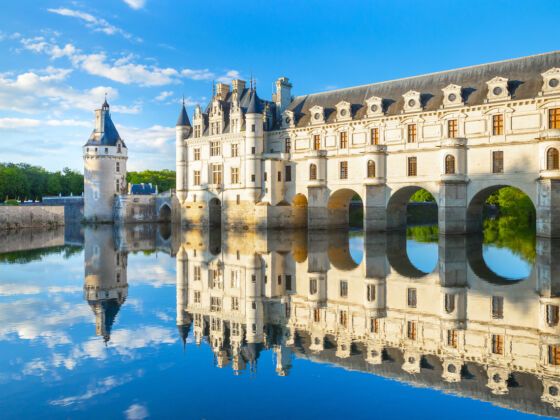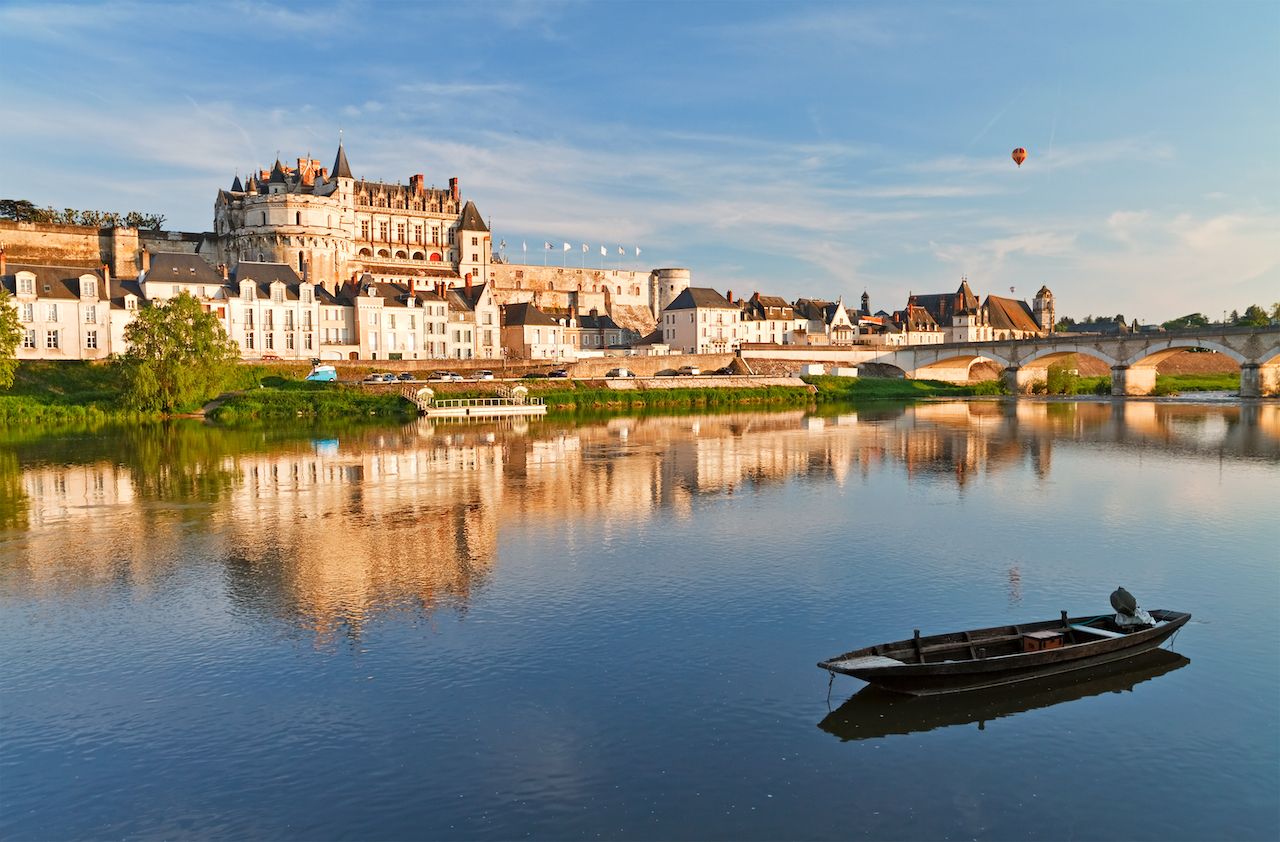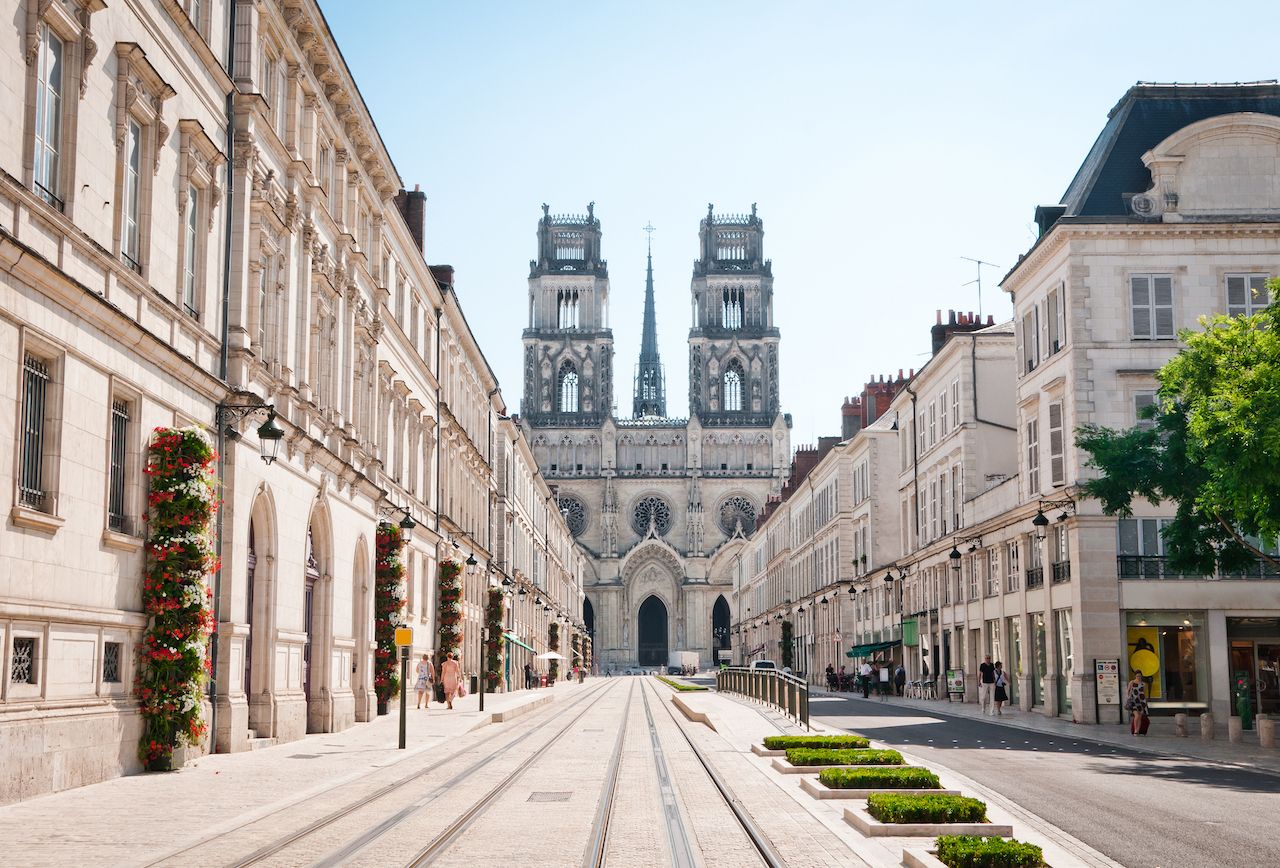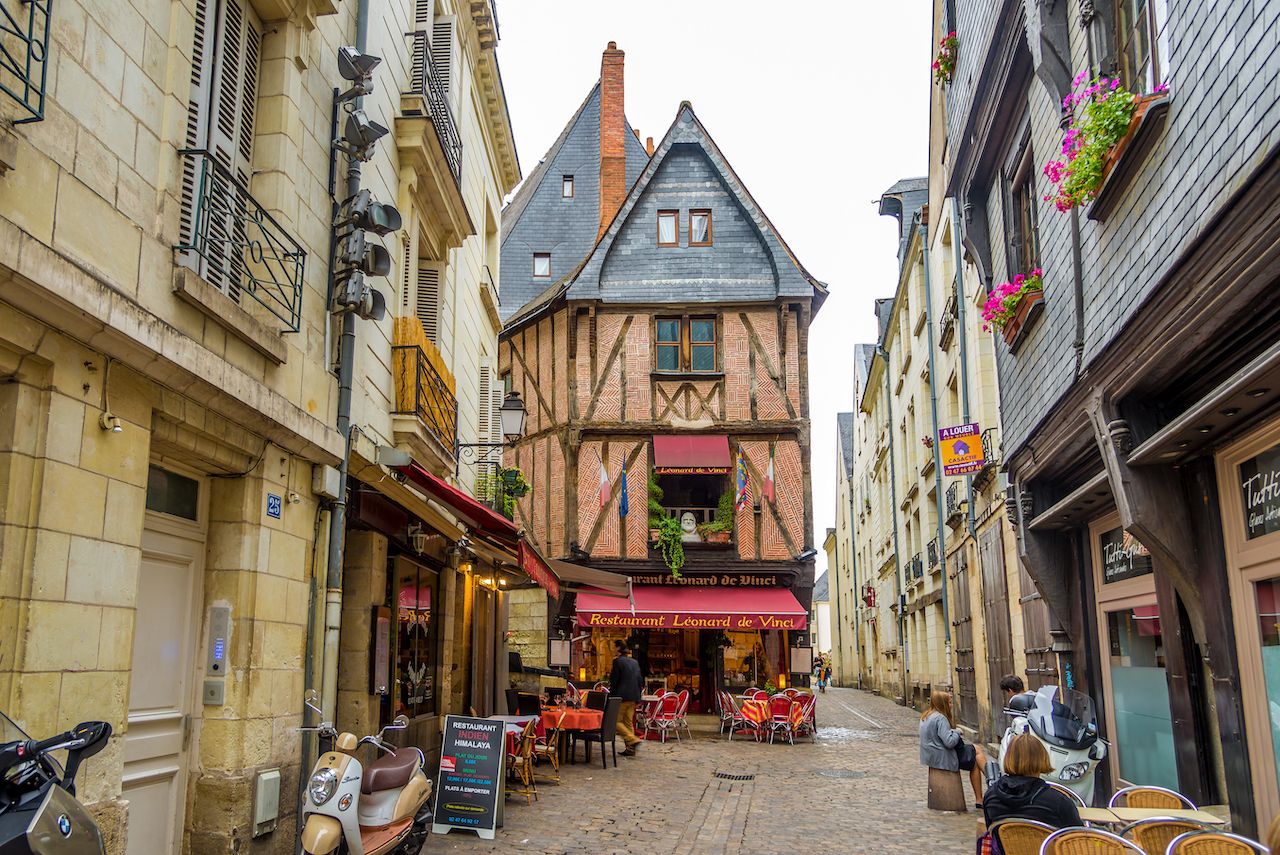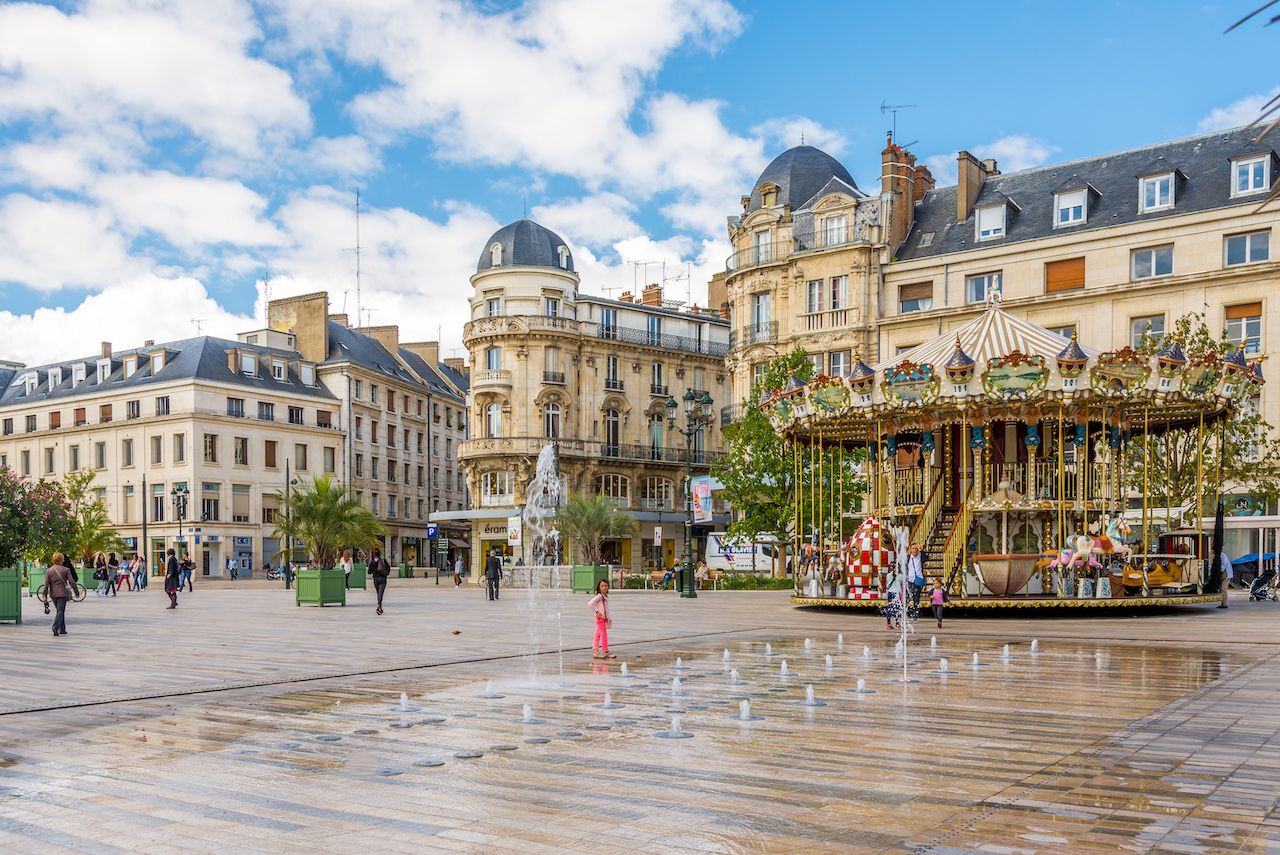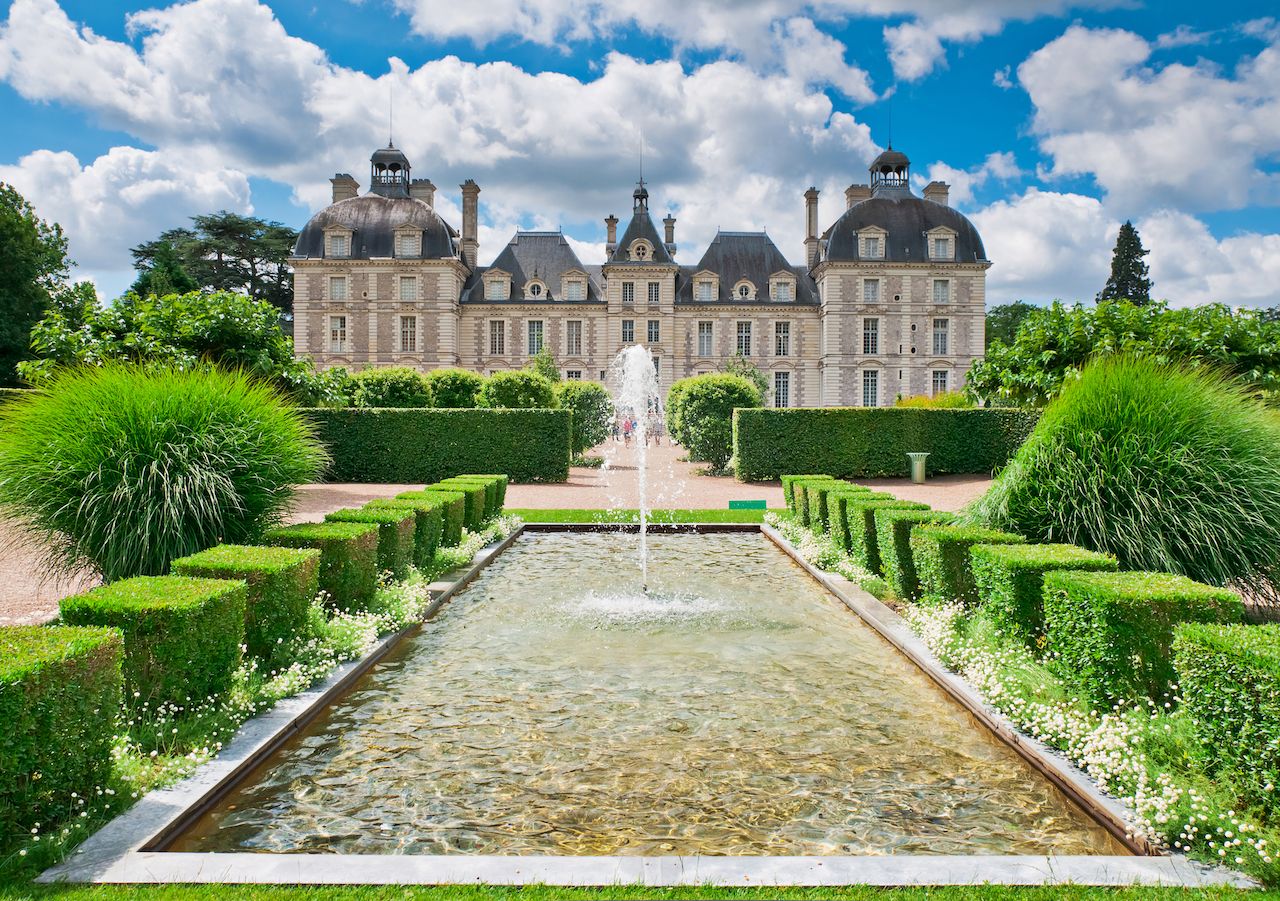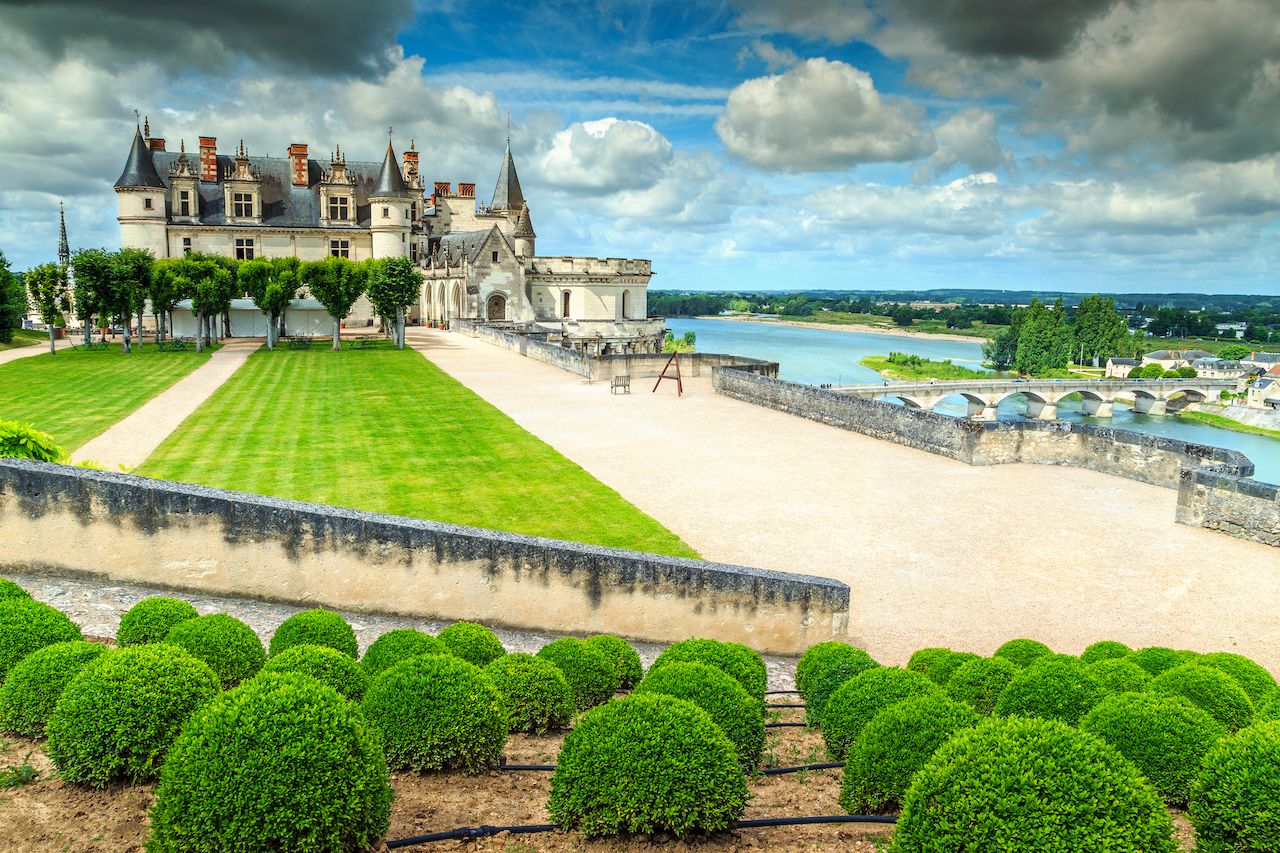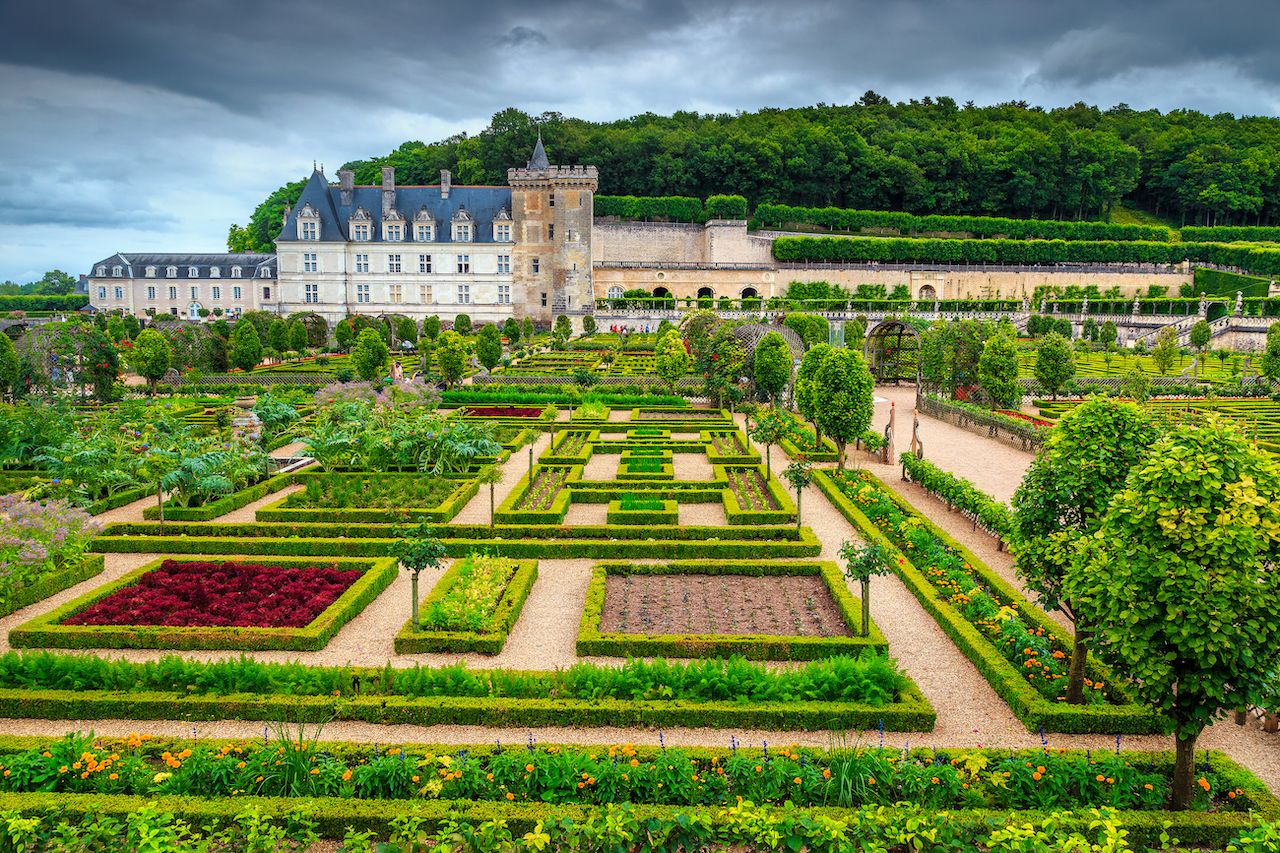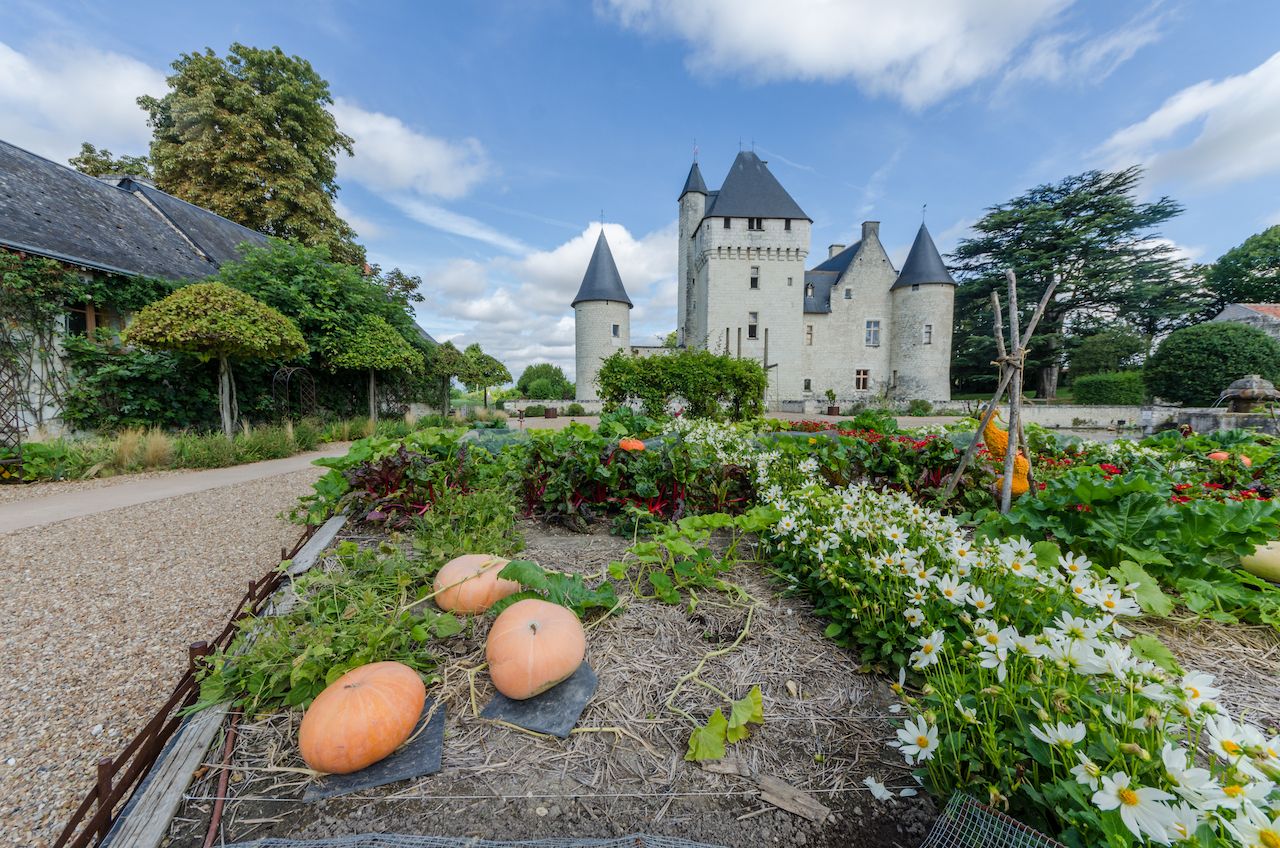The Loire Valley is the epitome of romantic France. It is a region most famous for its opulent French royal châteaux, its rich diet of Renaissance art, photogenic cities with manicured gardens, bucolic natural landscapes, and exceptional food and wine.
The area once known as the Valley of Kings was favored by French monarchs and the noble families who sought to remain close to them. The sheer number of castles and country houses that are somewhat crammed into the valley — albeit beautifully so — is astounding. The region is so full of elegant architecture and regal history that it can feel a tad overwhelming, and, now that it is no longer a playground for the few, you’ll find you won’t be alone on the well-trodden Trail des Châteaux, or Trail of Castles. That said, you don’t have to wander too far to find enchanting hamlets, serene woodlands, and hidden waterways that have inspired some of the world’s greatest poets and artists.
